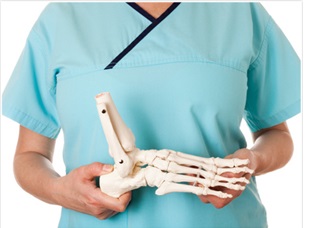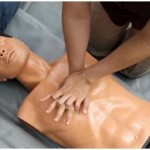Podiatry is a profession that shouldn’t be confused with Pediatrics. Podiatry is a branch of medicine that studies how to diagnose the medical and surgical treatment of disorders of the lower extremity, foot and ankle. DPM or doctor of podiatric medicine is a medical professional that specializes in diagnosing and treatment of the conditions that may affect the ankle, foot or other structures of the lower extremity. DPM are physicians and surgeons who practice in treatment of the pathology of lower extremity particularly the foot, and with further training they can perform a reconstructive foot and ankle surgery. Depending on the condition of the patient they can have a nonsurgical or surgical approach. Podiatrists are dealing with the patient’s conditions which can be a result from bone and joint disorders such as arthritis, or soft tissue and muscular pathology, as well as neurological and circulatory diseases in the lower extremity. They can also treat any complications of the listed problems that may affect the lower limb, skin and toenail disorders, corns, calluses, heel spurs, arch problems and ingrown toenails. Sports injuries and infections are diagnosed and treated by podiatrists too. Podiatric surgery is surgical treatment that is designed to ensure functionality of the foot and ankle areas, especially for the patients that are complaining of joint and ligament problems, congenital deformities, and etc.
 The following information provides a podiatrist job description; They can give advices for foot and ankle care, and instructions for general wellness; prescribe medications; they can be the first ones to detect a systematic diseases in patients such as diabetes, or vascular disease; take and interpret x-rays or other imaging; prescribe custom made shoes, insoles, and fit orthotics.
The following information provides a podiatrist job description; They can give advices for foot and ankle care, and instructions for general wellness; prescribe medications; they can be the first ones to detect a systematic diseases in patients such as diabetes, or vascular disease; take and interpret x-rays or other imaging; prescribe custom made shoes, insoles, and fit orthotics.
Training and education
To become DPM or Doctor of podiatric medicine, podiatrists must earn DPM degree from accredited college of podiatric medicine. Finishing this program usually takes up to four years. After earning DPM they must apply for podiatric medical and surgical residency (PMSR) and complete the program that usually takes up to three years. These programs provide the students additional medical and surgical experience, and after its completion they may do additional training in specific fellowship areas. All podiatrists must be licensed, and for that it is required to pass the state specific examination, and pay a fee. The license is renewed periodically, so podiatrists must continuously study in the field.
Working environment
They can work in public or private hospitals or other health care centers; they work in podiatry office on their own, or with group of other health care physicians or specialists. They work full time, and sometimes their schedule may include evenings or weekends to accommodate the patient’s needs or they may be on call. Their unique quality to treat only foot and ankle diseases makes podiatrists valued members of the health care team.
Salary
The median annual salary for podiatrists in 2012 was $129,550 or $62.28 per hour. The employment for this occupation is projected to grow 23% in the next ten years, much faster than the average of all occupations.






















